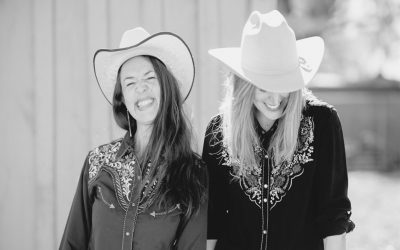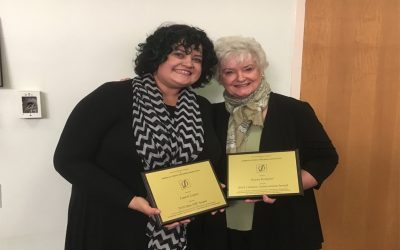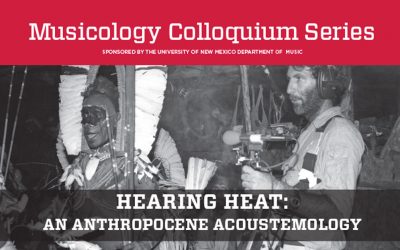Trip Description
“Students from Dr. Kristina Jacobsen’s class, “Diné (Navajo) Expressive Culture,” on Carson Mesa, Many Farms, Navajo Nation, helping to build a shadehouse (cha’a’oh) as part of a service-learning project and cultural immersion camping trip to the Navajo Nation, September 15-17, 2017. The class focuses on music, language, poetry, film and expressive arts in the context of sovereignty and contemporary politics on the Navajo Nation.
Student Responses/Testimonials
“Many Farms, Az Trip, 2017!! Another great weekend in the books for me. I enjoyed my time with new company, beautiful sights, and remembering slight memories of my past about living on a ranch. I, especially loved the hiking in Canyon De Chelly. I am labeling the hiking experience as the challenging part of the trip because Canyon De Chelly is a sacred place and having to walk & climb that canyon made me think of my own life. I live through struggles and challenges in my life (like everyone else) and although it gets very rough & sometimes, I end up feeling like giving up, but I get encouraging words from my support system, or I say a prayer, and I laugh here and there to overcome it. Even though the sand was hard to walk in, I kept going. I kept telling myself, it’ll all be worth it. After saying a prayer in the canyon (because my uncle told me to), I slowed down to take a few pictures, I heard the beautiful soft winds and a distance eagle cry. Right then, I knew everything in my life was going to be alright. Saying a prayer in a sacred place, where my grandmother the Spider Woman resides was a very powerful experience for me. As I pick my book bag back up and continue on with my goals and my everyday struggles, I want to thank Dr. Jacobsen for allowing me to experience that powerful visit. I’m thankful for your wonderful idea of taking students, this semester, to experience a once and a lifetime opportunity. You have no idea what this trip has done for me, as an individual. Also, you have a beautiful singing voice. I enjoyed your song, I concur. I’m even thankful for this soreness that I have in my legs. I’m feelin’ the burn today, guys! haha! I also enjoyed Luke on his guitar! Keep up your awesome talent, Luke! Some of your jams went with the beautiful scenery of Arlando’s Ranch. Thanks for the memories, guys! & It was fun laughing with some of you.”
-Vina Chavez, Bachelor of Liberal Arts, Torreon, Navajo Nation
“This weekend’s trip to Many Farms was an incredible experience for me. I think being physically immersed in the culture gave me a better understanding than I could ever get through class discussions alone. It was amazing to see exactly what Navajo people have to do to even have water in their homes. I think people in cities (including me) take things for granted, and it really made me appreciate that long shower I took when I got home. But I felt so happy and at peace on the reservation, and everything was so beautiful. I will never forget those discussions around the fire and riding in the back of that pickup truck on the way to see the sunset. I really enjoyed getting to know all of you better, and as many of you could tell, I also enjoyed the food! I am so thankful that I decided to enroll in this course and I feel like I have learned so much already.”
-Amy Rosendall, Master of Music in Flute Performance, Michigan
Photography Credit: Kittipat “Film” Vareenil, BFA in Film, Bangkok, Thailand.
Dr. Kristina Jacobsen releases a new album of co-writes with UNM Music Alumni Meredith Wilder
Dr. Kristina Jacobsen releases a new album of co-writes with UNM Music Alunmi, Meredith Wilder. They will be performing two shows for the CD release of “Elemental.”
Congratulations, Susan Kempter and Laurie Lopez!
Susan Kempter and Laurie Lopez were recognized by the New Mexico chapter of the American String Teachers Association earlier this year.
Hearing Heat: An Anthropocene Acoustemology
Bruno Latour argues that even if poisoned, the anthropocene is a deep gift to human research, inciting new approaches to environmental responsibility. Taking up Latour’s challenge through acoustemology, the study of sound as a way of knowing, this talk engages histories of hearing heat that affectively entangle cicadas and humans in Papua New Guinea, Japan, and Greece.



